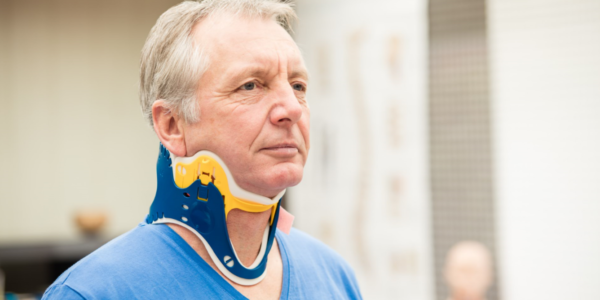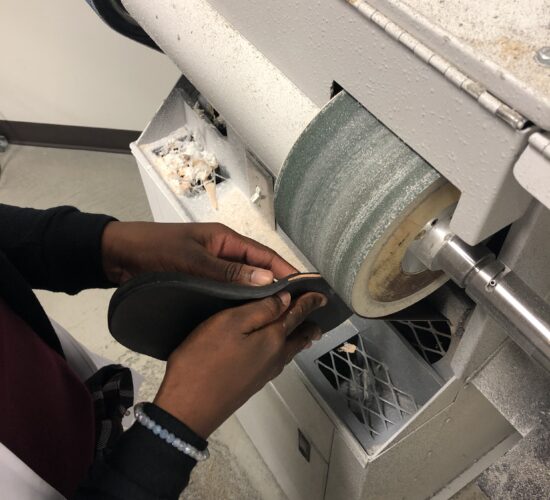What are lumbar and cervical orthotics used for?
Lumbar and cervical orthotics can be prescribed for various pathologies, both preventively and as part of treatment. For example, a cervical orthosis is often indicated in a case of cervical fracture to optimize healing and limit movement. The lumbar orthosis can be indicated in patients suffering from a crushed disc.
Neck and trunk orthoses (cervical and lumbar orthoses), therefore cover a wide range of spinal conditions, be they inflammatory, infectious, traumatic, or degenerative. Here are the concrete indications that highlight the relevance of treatment involving lumbar or cervical orthoses.
The indications
The lumbar orthosis: The lumbar orthosis is the most commonly prescribed back orthosis because the pathologies to which it is subjected are more frequent. However, the main reason for prescribing a lumbar orthosis is back pain of disc or root origin. Otherwise, it is indicated for :
- Crushing of the vertebrae
- Herniated disc
- Lumbago
- Spinal fracture or sprain
- Treatment of Hypercyphosis and Scoliosis
- Immobilization of the spine: instability and post-surgery
The cervical orthosis: A cervical orthosis is indicated in a treatment plan for a lesion. A thorough examination will determine which type of cervical orthosis is appropriate – there are several, such as Halo or Minerva, which meet the needs of individualization and degree of immobilization. The cervical orthosis is indicated in the case of :
- Cervical traction and immobilization
- Fracture or cervical surgery
- Immobilization of the cervical and dorsal spine
- Injuries of traumatic, rheumatic or neuromuscular origin
Contraindications
Although the contraindications for wearing cervical or lumbar orthoses remain isolated, they’re not to be neglected. An expert will take care, during his examination, to check with you certain factors that could raise a contraindication, such as:
- Severe morphological disorders
- The presence of a hiatus hernia
- Gastric disorders (digestive disorders, gastric dilatation, etc.)
- Intolerances or skin allergies
How orthotics relieve trunk and neck pain?
The circumstances that lead your professional to recommend that you wear a neck or trunk brace are numerous. The orthosis is often a factor in a treatment plan that promotes healing, but it also serves to relieve patients’ pain.
Disc, root and spinal muscle pain is one of the pains that can be relieved by wearing a lumbar or cervical orthosis. For optimal relief, the orthosis must take into account certain elements such as the patient’s morphology, the intended use, other elements of the treatment plan, etc. It is these same elements that influence the type of orthosis to be prescribed, such as standard orthoses or custom-made orthoses.
The standard orthosis vs. the custom-made orthosis
Both are tried and tested but are effective in particular circumstances. For example, the orthopedic back belt is a known and popular solution for some mild imbalances. Regardless of the type of orthosis, whether rigid or flexible, standard, or custom-made, its effectiveness is optimal when an adapted medical follow-up is given to the patient.
How to get lumbar and cervical orthotics?
A few searches are all it takes to access many types of cervical and lumbar orthotics. There is a wide range of them on the open market, all with benefits. However, unless your professional advices you otherwise, they may not be suitable for you and the causes of your pain.
For maximum treatment and relief, your neck or back brace should be chosen according to several criteria. By performing a complete biomechanical evaluation, targets the different causes to recommend an orthosis that will make a real difference for you. He or she will also be there to ensure comfort, the length of treatment required, and also to verify that there are no contraindications.
Validated by Emmanuel Beauchemin, Head clinician at Médicus






